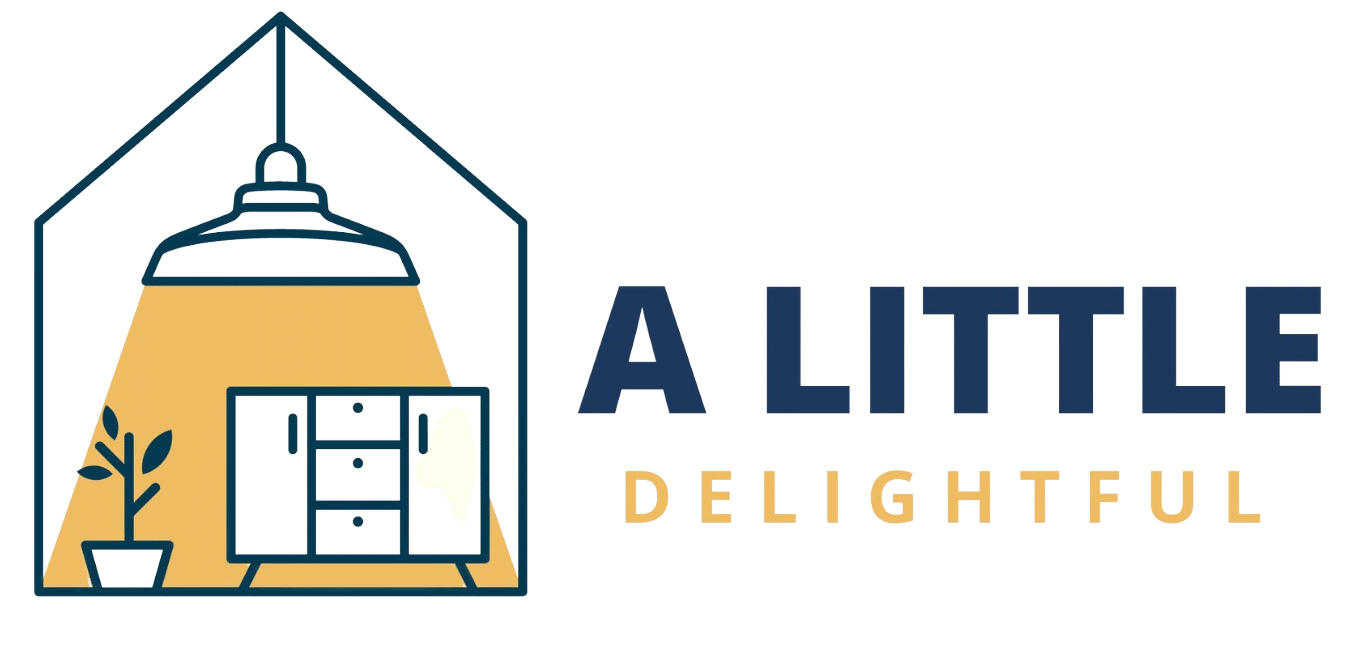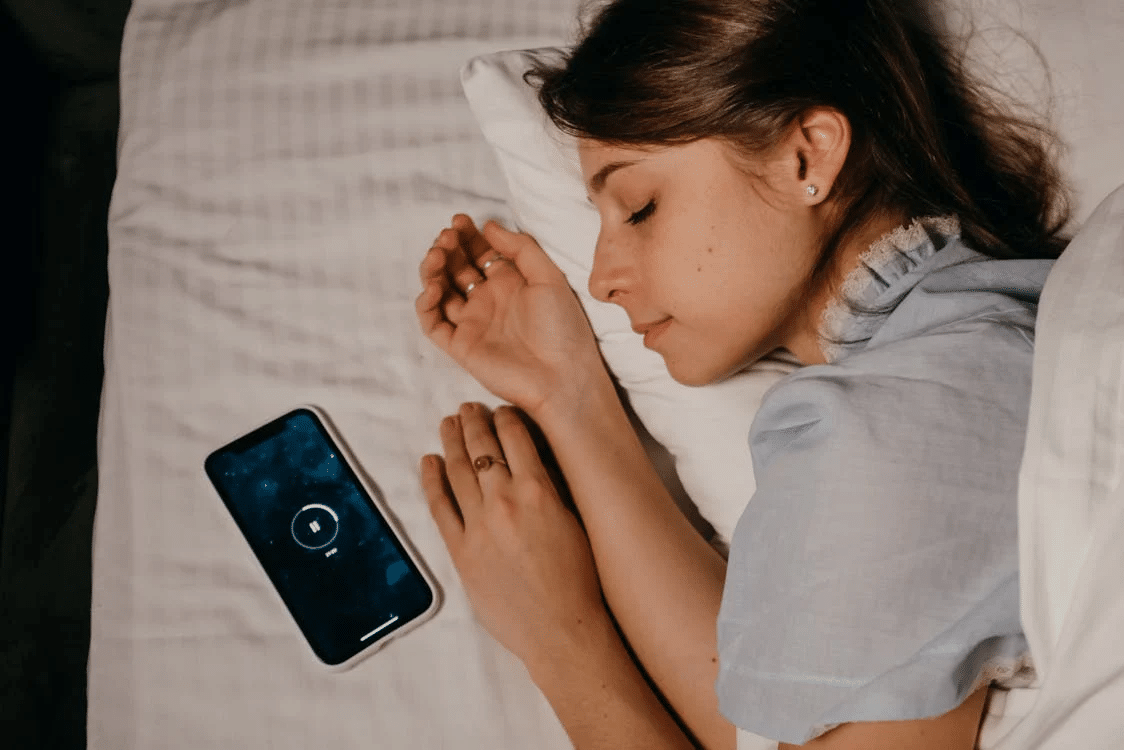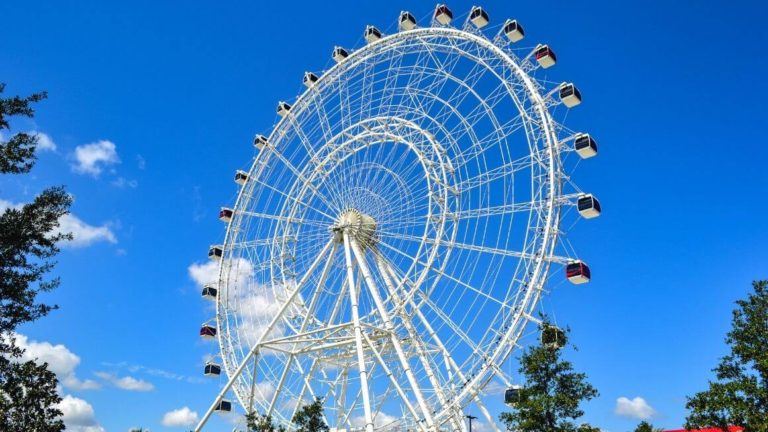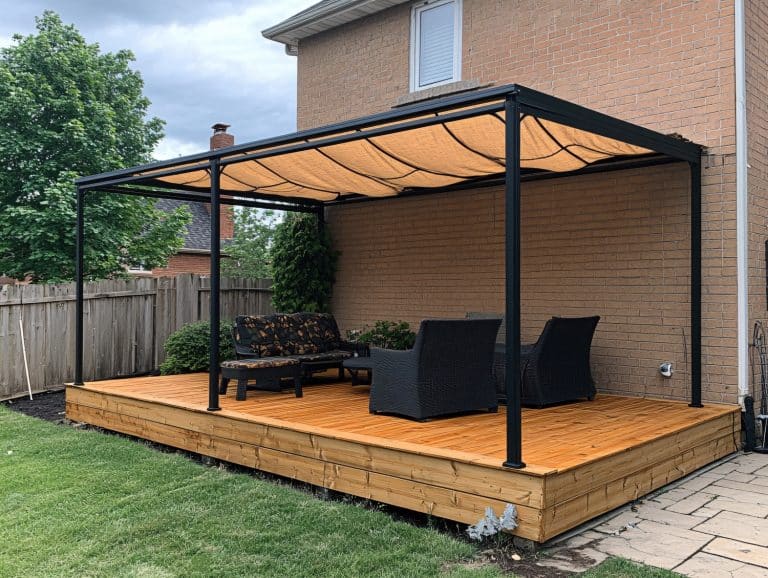How Sleep Tracking Apps Can Help You Understand Your Sleep Cycles
Achieving high-quality sleep is vital for physical health, mental clarity, and emotional balance. However, many individuals struggle to understand why their sleep may feel inadequate despite spending sufficient hours in bed.
Sleep cycles—comprising light, deep, and REM sleep stages—are critical to restorative rest. Monitoring these cycles with advanced tools like sleep tracking apps offers valuable insights that can help improve sleep quality and overall health. For those exploring options, reviews highlighting features, such as how does Shuteye sleep tracker work, can provide guidance on choosing effective solutions.
Let’s explore how these digital tools can transform your understanding of sleep cycles and ultimately improve your overall well-being.
The Science Behind Sleep Cycles
Sleep isn’t a uniform state. Instead, it’s a complex neurological process moving through distinct stages. Each complete sleep cycle typically lasts 90-110 minutes and consists of four primary stages:
- N1 (light sleep): The transitional phase between wakefulness and sleep
- N2 (deeper sleep): Body temperature drops, heart rate slows
- N3 (deep sleep): The most restorative phase, crucial for physical recovery
- REM (rapid eye movement): Brain activity increases, dreaming occurs, essential for cognitive function
Understanding these cycles provides valuable context for interpreting the data from sleep tracking apps. Most adults must complete 4-6 full cycles each night for optimal rest.
How Modern Sleep Trackers Collect Data
Sleep tracking apps employ various technologies to monitor your sleep patterns:
Motion detection sensors track movement throughout the night, with algorithms interpreting stillness as deeper sleep and movement as lighter sleep or wakefulness. This accelerometer-based tracking serves as the foundation for most smartphone sleep apps.
Advanced wearable devices incorporate additional metrics for greater accuracy:
- heart rate variability measurements that correspond to different sleep stages
- respiratory rate monitoring that detects changes in breathing patterns
- body temperature fluctuations that align with sleep cycle transitions
- ambient sound recording that identifies potential sleep disturbances
Integrating these data points creates a comprehensive picture of sleep quality beyond what simple movement tracking can provide.
Decoding Your Sleep Data
The actual value of sleep tracking comes from translating raw data into actionable insights. Modern sleep apps typically provide metrics including:
Sleep Duration and Efficiency
Sleep efficiency—the percentage of time in bed actually spent sleeping—offers a crucial metric that often reveals more than total sleep duration. An efficiency score below 85% may indicate sleep problems even when achieving adequate hours.
Sleep Cycle Distribution
Healthy sleep architecture includes specific proportions of each sleep stage. Most sleep trackers display your time spent in light, deep, and REM sleep, comparing your patterns against recommended norms.
Sleep Consistency
Sleep regularity—maintaining consistent bedtimes and wake times—often impacts health as significantly as sleep duration. Advanced tracking apps highlight pattern disruptions and calculate a sleep consistency score to encourage stable habits.
Practical Applications for Better Sleep
Sleep tracking technology transforms from novelty to necessity when the data guides meaningful improvements. Consider these evidence-based approaches:
Identifying Optimal Sleep Windows
Sleep trackers reveal your body’s natural rhythms, helping determine ideal bedtimes based on your chronotype. Many apps now suggest personalized sleep schedules aligned with your detected circadian preference.
Recognizing Environmental Factors
By correlating sleep quality with external variables like bedroom temperature, ambient noise, or evening activities, patterns reveal what conditions support your best sleep. Some advanced trackers integrate with smart home systems to automatically optimize your sleep environment.
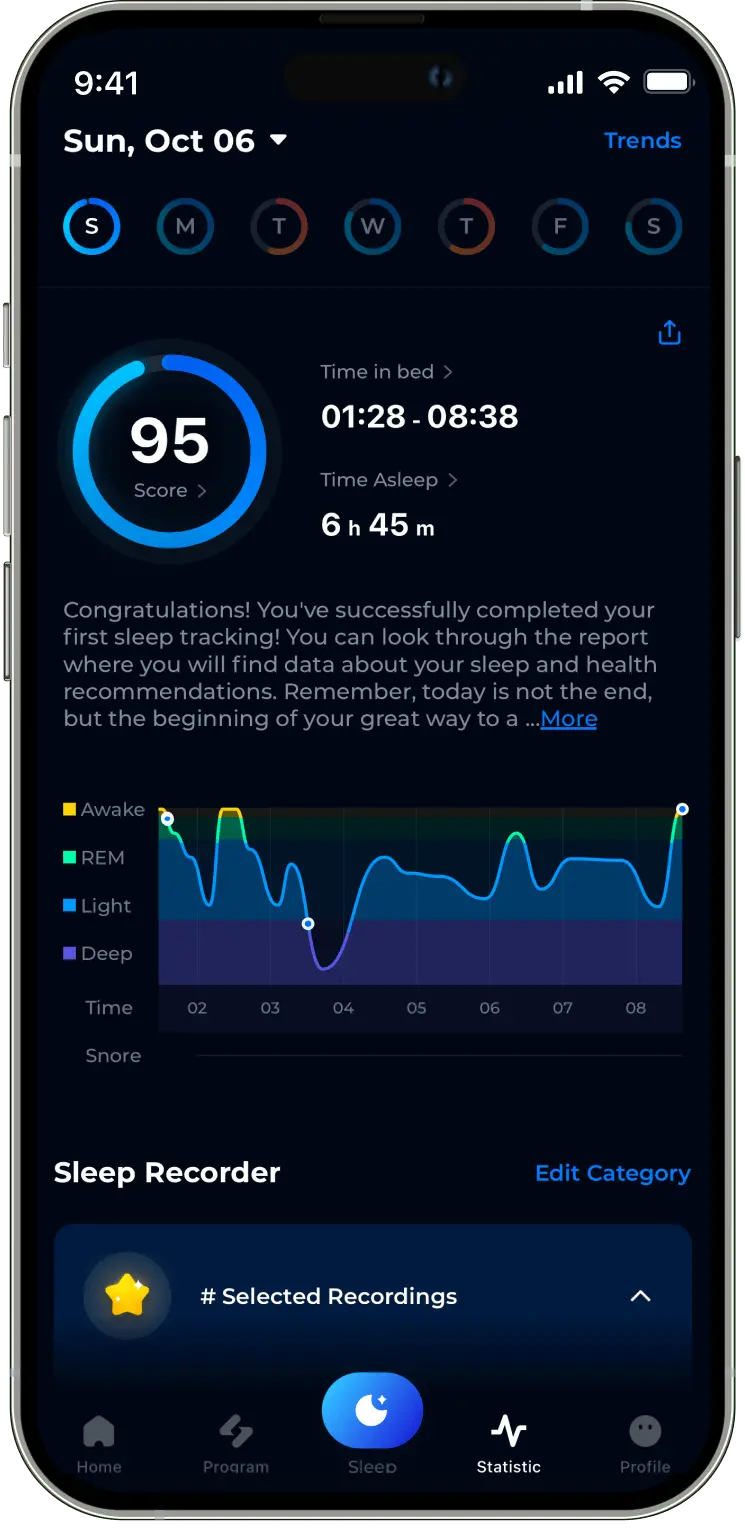
Monitoring Progress Over Time
The longitudinal data collected by sleep trackers enables users to experiment methodically with lifestyle modifications:
- evaluate how exercise timing affects sleep latency and quality
- measure the impact of nutritional changes on deep sleep percentages
- assess how stress management techniques influence REM sleep duration
These evidence-based adjustments often yield more significant improvements than generic sleep advice.
Limitations and Considerations
While sleep tracking technology offers valuable insights, understanding its limitations ensures appropriate interpretation.
Consumer-grade sleep trackers cannot diagnose sleep disorders. Persistent sleep problems warrant consultation with healthcare professionals, mainly when symptoms of sleep apnea, insomnia, or other clinical conditions appear.
Also, accuracy varies substantially between devices and apps. Research validates that advanced wearables correlate reasonably well with polysomnography (the gold standard for sleep measurement), while smartphone-only solutions provide rougher estimates.
Conclusion
Sleep tracking apps have transformed our relationship with sleep, demystifying this essential biological process through accessible data. With their ability to reveal the unique architecture of your sleep cycles, these tools empower informed decisions about sleep habits, environment, and timing.
The most significant benefit may be the increased awareness and prioritization of sleep quality these trackers promote. Rather than viewing sleep as a passive activity, users begin recognizing it as a fundamental pillar of health deserving active management.
As sleep tracking technology advances, the gap between consumer and clinical-grade measurement narrows, promising even more precise insights for optimizing this vital third of our lives.
